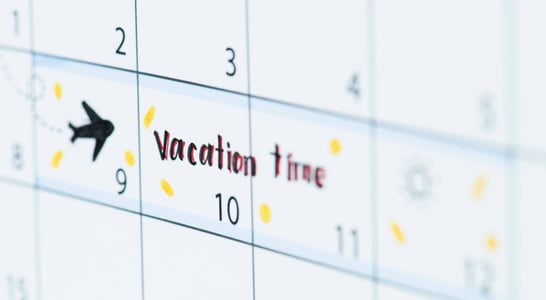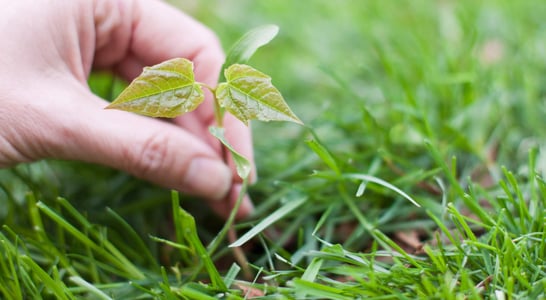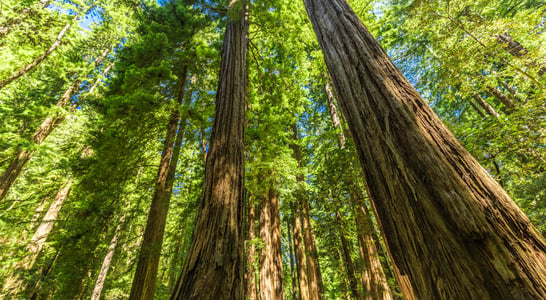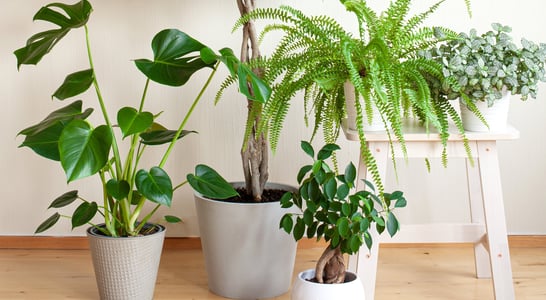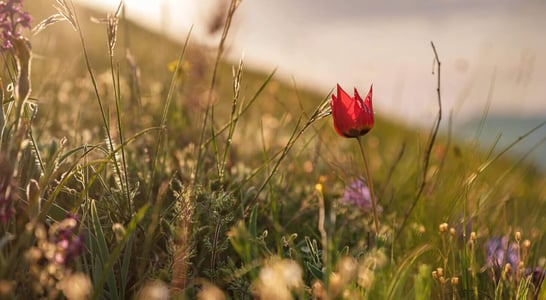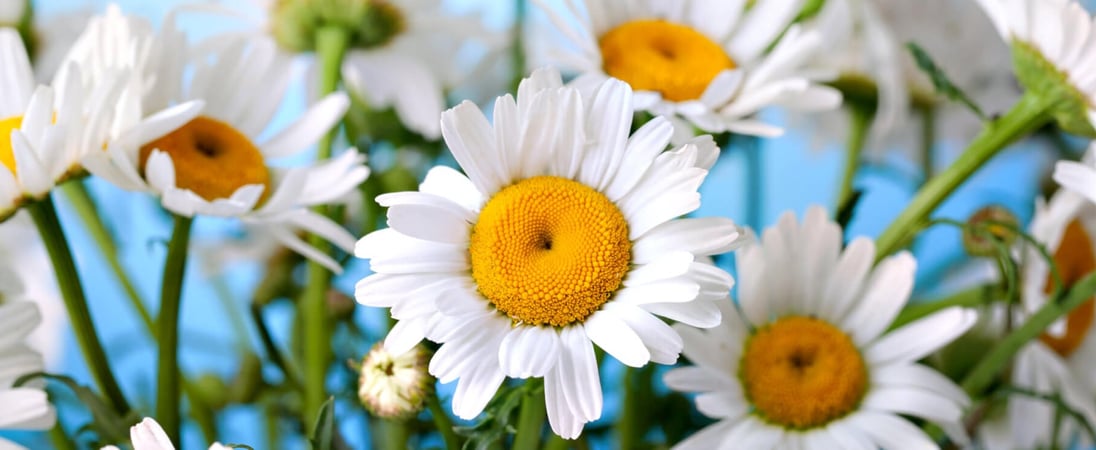
National Daisy Day
No matter how they are grown or what color they are, whether their stems are long or short, the daisy is a flower that brings enjoyment and pleasure to anyone and everyone.
Daisies are a delightful family of flowers that offer a huge range of colors and a seemingly infinite number of varieties. With more than 20,000 different varieties, the daisy is a flower that is prolific and yet also very special. Considered to be ‘tender perennials’, certain daisies are able to stay alive over the winter as long as they are in warmer climates. However, in cooler climates, daisies are typically treated as annuals.
National Daisy Day is here to honor and draw attention to this bright and beautiful flower!
History of National Daisy Day
Daisies can be traced back thousands of years to Ancient Egypt when they were grown not only for their beauty, but for their medicinal qualities. Europeans have also enjoyed daisies for many hundreds of years and they have come to symbolize purity, new birth, and cheerfulness.
While some gardeners may have originally considered daisies to be a weed, it’s obvious that this flower offers much to the environment in the way of beauty as well as health. Some people don’t realize that many of the varieties of daisies are edible and healthy when eaten in salads or used to decorate sweet baked goods such as cakes.
Daisies have also been known to contain medicinal properties. For instance, wild daisy tea can be used for a number of maladies, including cough, kidney problems, bronchitis, inflammation and problems with the liver. Others have used the therapeutic benefits of the daisy for childbirth pain and difficulties, arthritic joints and aches (particularly for gardeners), healing wounds and scrapes, and so much more.
National Daisy Day was founded to show appreciation for this flower that is more than just a pretty face!
National Daisy Day Timeline
2200 BC
Daisies are grown by Egyptians
Ancient Egyptians grow daisies in their gardens to be used as herbal medicine. [1]
1737
Gerbera daisies are named
Named after the renowned German botanist Traugott Gerber, this daisy hails from South Africa. [2]
1792
The daisy family is officially classified
Called Compositae, the daisy is officially classified by German botanist Paul Dietrich Giseke.[3]
1979
Daisy Dukes are invented
Super short denim cutoff shorts are worn by the character, Daisy Duke (Caterhine Bach), on the hit American show The Dukes of Hazzard.
1984
Girl Scout “Daisy” program begins
Kindergarteners now get to join their older sisters through this arm of the Girl Scouts.[4]
How to Celebrate National Daisy Day
A superb and terrific time to celebrate, National Daisy Day offers a delightful reason to be happy and bring joy to others as well. Try out some of these ideas for observing the day:
Grow Some Daisies
In honor of National Daisy Day, perhaps this would be a great time to start growing some daisies. Of course, since the day comes at the end of January, in many climate zones it may still be a bit cold to plant them outside. In that case, seeds can be sown indoors in trays or individual pots approximately 8-10 weeks before the date of the last frost.
Most daisies are fairly easy to care for, but some of the most common types to grow in the garden include the Shasta daisy, Gerbera Daisy, Marguerite Daisy, and the English Daisy. No matter what type is chosen, they are sure to bring delight to the garden!
Learn Some Interesting Daisy Information
In honor of National Daisy Day, an interesting activity might be to learn a bit more about this delightful flower. Head to the library to check out some books about flowers or hop on the internet and do some research online.
Get started with some of these interesting bits of trivia about daisies:
-
Daisies are considered to be composite flowers, which means that they are actually two flowers, one within the other. The center, which is typically yellow, is actually a cluster of even smaller flowers.
-
Although daisies originally hail from Europe, they have traveled far and wide, and can now be found all over the Americas and Asia, as well as Australia.
-
Daisies and bees work together to benefit their environments. When bees land on daisies, they look for the nectar and as they do so, they pick up pollen grains by the thousands. Then, as the bees move around, they drop the pollen and repeat the process many times each day.
-
While the Latin name is Compositae, the common name for the daisy comes from a phrase in Old English “Daes eage”, which translates to mean “day’s eye”. It was called this to show how these flowers close their petals when the sun goes down and open them back up each morning.
Give Some Daisies to a Loved One
One great way to enjoy and celebrate National Daisy Day would be to gift someone a large bouquet of daisies. Whether it’s a friend, favorite coworkers, spouse or neighbor, this is the day to brighten up someone’s life with some daisies.
Even better, it might be nice to gift someone a pot with planted daisies so they will last much longer. Whether they are grown at home or sourced from a florist or garden shop, daisies make a lovely gift on National Daisy Day or really any time of the year!
Make Plans to Attend a Daisy Festival
While it would likely be difficult to find a daisy festival that falls on National Daisy Day, it’s still a great time to make plans and mark that calendar to attend the festival later in the year.
The Yellow Daisy Festival that takes place in Stone Mountain, Georgia is typically scheduled for mid-September. This festival has been a local attraction for more than fifty years and was even voted one of the top arts and crafts shows in the United States. And, of course, there are plenty of daisy-themed activities and attractions to stay busy with and enjoy!
Another event that honors this venerable flower is the Daisy Festival Outdoor Fest in Albert Lea, Minnesota. Typically taking place on the first weekend in September, this festival includes arts, musical performances, crafts and more. The festivities are located in the historic downtown Albert Lea Central Park.
Also located in Georgia, the Arabia Mountain National Heritage Area’s Daisy Days hosts a full calendar of events including a triple hike challenge. This event encourages folks to get outdoors and hike the beautiful nature of Georgia at state parks and nature reserves. It’s good for the body and, of course, there are plenty of daisies to be enjoyed as well!
National Daisy Day FAQs
Are daisies toxic to cats?
Some daisies can be toxic to cats, so it’s best to avoid allowing them to eat them. [1]
Are daisies perennials?
Some daisies can be perennials depending on the growing zone, some down to as low as USDA zone 3 or 4.[2]
Should daisies be deadheaded?
For most daisies, deadheading is a good idea because it improves their appearance and stimulates new growth.[3]
Can daisies grow indoors?
Gerbera daisies can be particularly good for growing indoors.[4]
Do daisies bloom all summer?
Many daisies are low maintenance and can bloom all summer long.[5]
Also on ...
View all holidaysInternational LEGO Day
Construct creative builds with this beloved, versatile toy, enjoy the hilarious LEGO Movie or visit a LEGOLAND theme park with your family.
National Blueberry Pancake Day
Wake up to a breakfast that's bursting with juicy, fruity flavor! Fluffy circles of joy topped with a melty pad of butter and syrup.
National Plan for Vacation Day
Established in 2017 by the U.S. Travel Association, National Plan for Vacation Day acts as an annual reminder that people have vacation days to use – and they should be using them!
Speak Up and Succeed Day
In today’s modern world, the idea of speaking up—whether it has to do with being a whistleblower, standing up for yourself or others, or simply sharing ideas—is becoming more valued.
We think you may also like...
National Weed Appreciation Day
Often overlooked, these hardy plants bring a touch of nature to even the most urban spaces, thriving against the odds.
National Arbor Day
Transform bare lands into lush forests and create a greener world for future generations. Plant a tree, nourish it, and watch it grow!


